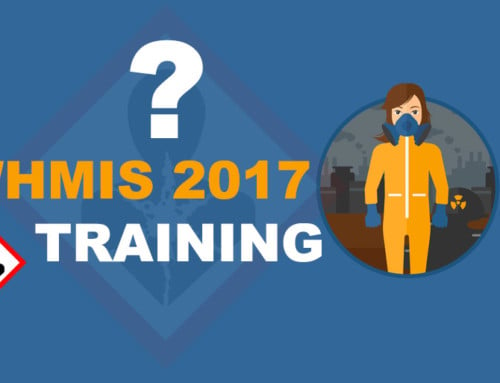Ontario Working at Heights Training Standard
Working at Heights Training
The Ontario Ministry of Labour has announced the implementation of a new workplace training standard for the purpose of preventing falls and improving safety for workers who perform work at heights.
The standard will apply to workplaces in the construction sector, as well as to construction activities in other workplaces. While the standard will initially be voluntary, it’s expected to become mandatory by the summer of 2014 and will further be expanded to all workplaces.
Safety Training that is designed to meet the new standard is expected to improve knowledge pertaining to fall hazards and safety practices including:
- Adequate inspection of equipment for damage
- Procedures for setting up, relocating or removing protective equipment, including guard rails
- A practical portion that includes demonstrations and hands-on training on fall-arrest equipment and other protective devices to keep workers safe
- Information on worker rights and responsibilities
Online Ontario Working at Heights Training?
While the standard does indicate that a practical, “hands-on” portion is necessary, the required Basic Theory Module can be deployed using eLearning. This is great news because it means that companies can take advantage of the most ideal way to facilitate the training by using a blended learning approach. This method allows parts of the training to be deployed via Online Training, while other practical, hands-on portions are completed by a qualified instructor.
Meeting Requirements with Blended Learning
1. Improve and Streamline Facilitation
Quality Online Training Solutions will allow administrators to easily manage training activities and track the progress of learners as required. This is a resource intensive and exhaustive task when done manually and often leads to training gaps and difficulties in meeting training requirements
2. Ability to Deliver Consistent, Engaging Training
It is well known that people learn in different ways, with the majority being able to retain a small percentage of what they hear. Learning and retention get incrementally better with additional senses. Training programs that offer a variety of approaches, including online, face-to-face and mobile, is likely to have greater success.
The inclusion of engaging, online elements to the program will ensure that all learners receive a consistent, effective message.
A tremendous benefit of using blended learning for the facilitation of Ontario’s new Working at Heights Standard, is the ability to verify competency for both the theory module as well as the required practical portion.
Competency in theory can consistently be achieved and demonstrated utilizing a high quality Online Training solution and further, can be used to demonstrate a company’s due diligence in the future.
Practical competency can be achieved and demonstrated during face-to-face instruction with a qualified instructor.
Quick Facts from the MOL
- Developing mandatory fall protection training for people working at heights was a priority recommendation of the Expert Advisory Panel on Occupational Health and Safety.
- In 2013, the Ministry of Labour has conducted two enforcement blitzes to protect people working at heights, visiting over 4,527 work sites.
- A pilot program inspecting work-sites after hours and on weekends was launched fall 2013.
- In October 2013, the province posted a video to raise awareness of fall hazards and highlight worker safety initiatives.
- Ministry of Labour inspectors have conducted more than 345,000 field visits to workplaces since 2008.






